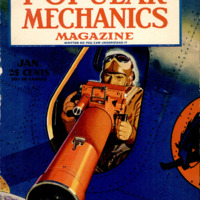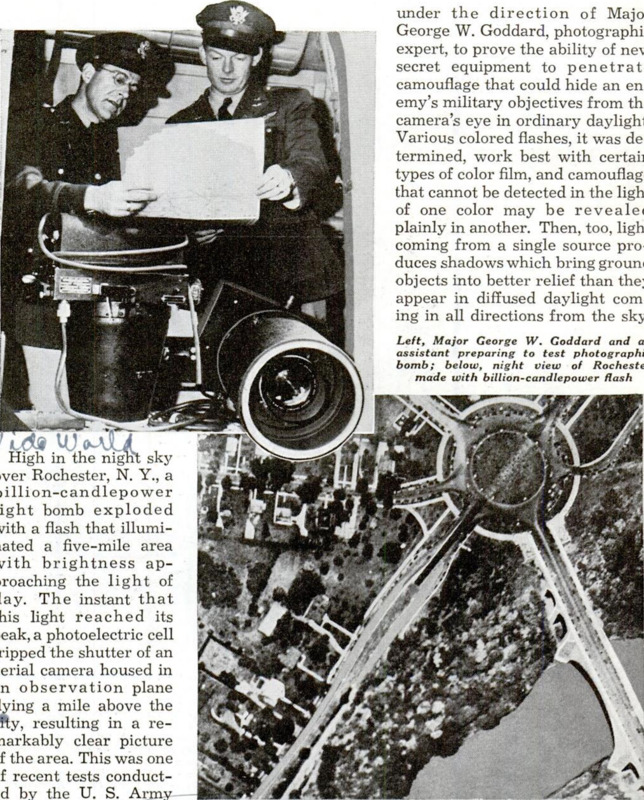Bomb Turns Night into Day for Air Pictures
Item
- Title (Dublin Core)
- Bomb Turns Night into Day for Air Pictures
- Subject (Dublin Core)
- en Imagined technology & prototypes
- en Explosives and land mines
- en Reconnaisance
- Article Title and/or Image Caption (Dublin Core)
- Bomb Turns Night into Day for Air Pictures
- Language (Dublin Core)
- eng
- Temporal Coverage (Dublin Core)
- World War II
- Date Issued (Dublin Core)
- 1941-01
- Is Part Of (Dublin Core)
-
 Popular Mechanics, v. 75, n. 1, 1941
Popular Mechanics, v. 75, n. 1, 1941
- pages (Bibliographic Ontology)
- 16
- Rights (Dublin Core)
- Public Domain (Google digitized)
- Source (Dublin Core)
- Google books
- Archived by (Dublin Core)
- Enrico Saonara
- Alberto Bordignon (Supervisor)
- Spatial Coverage (Dublin Core)
- United States of America



